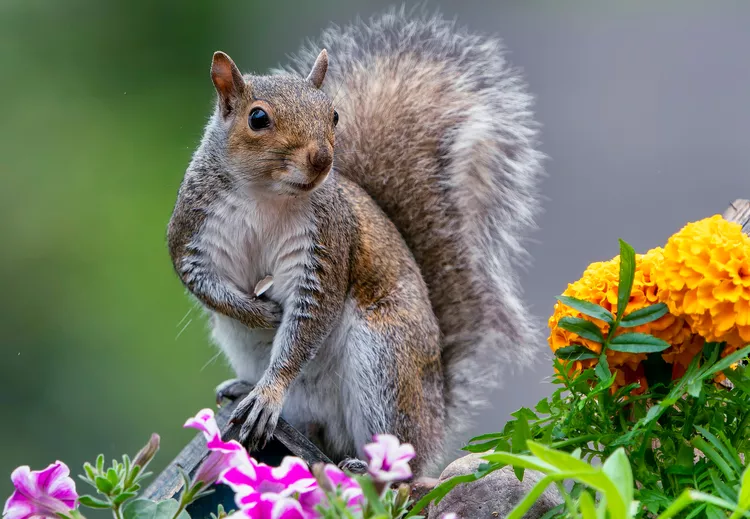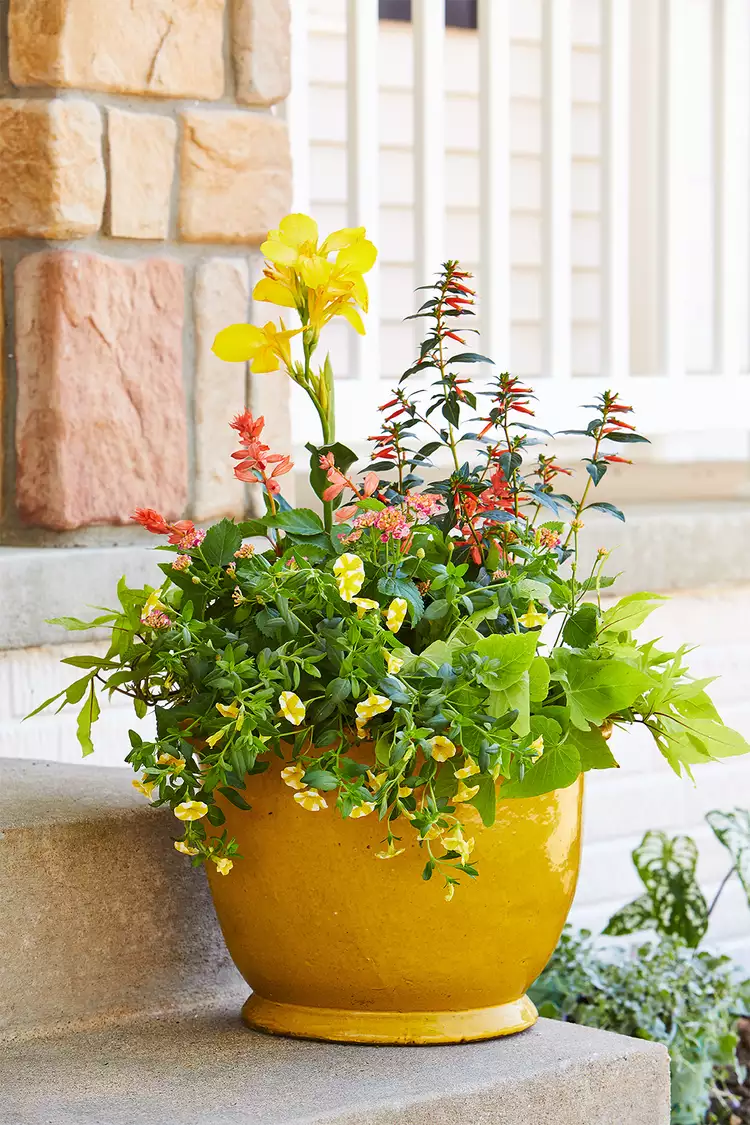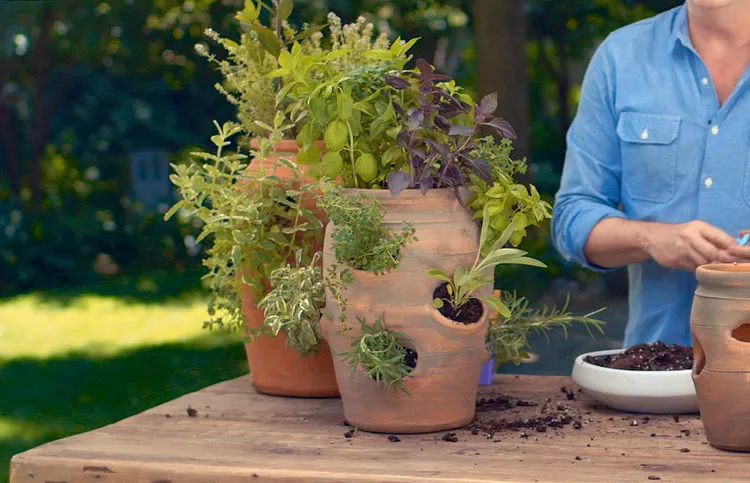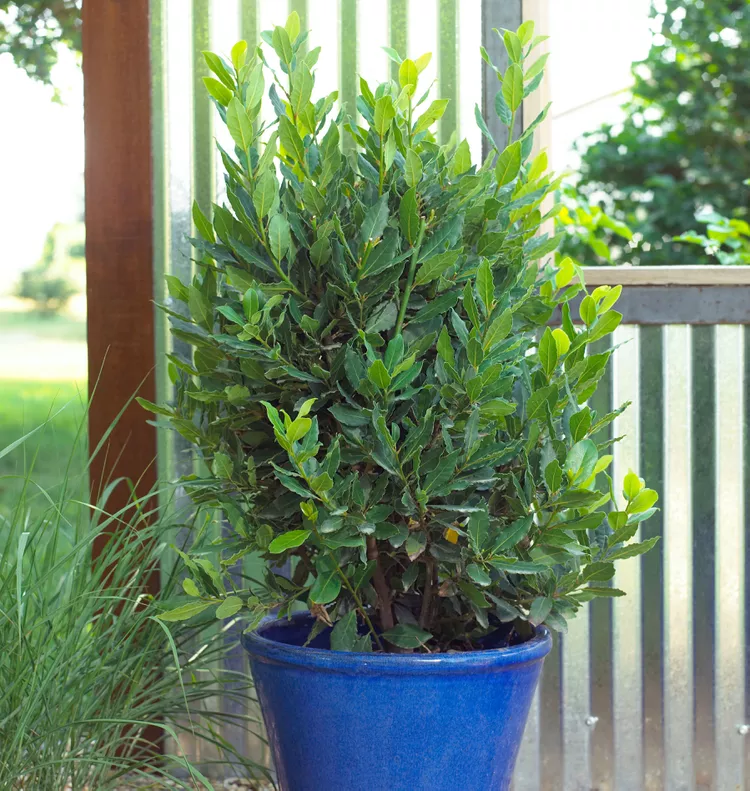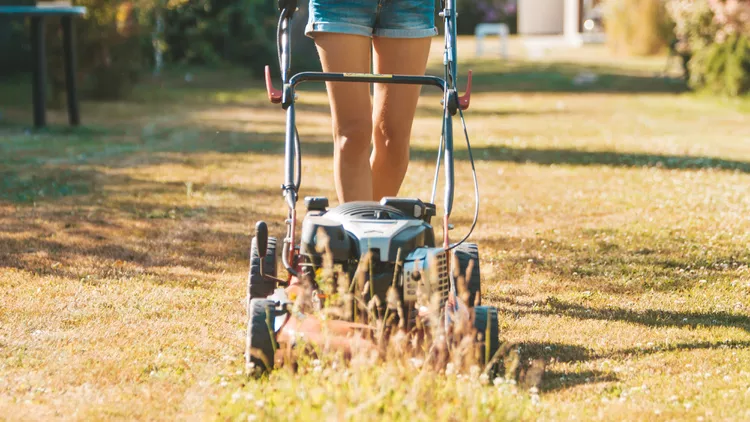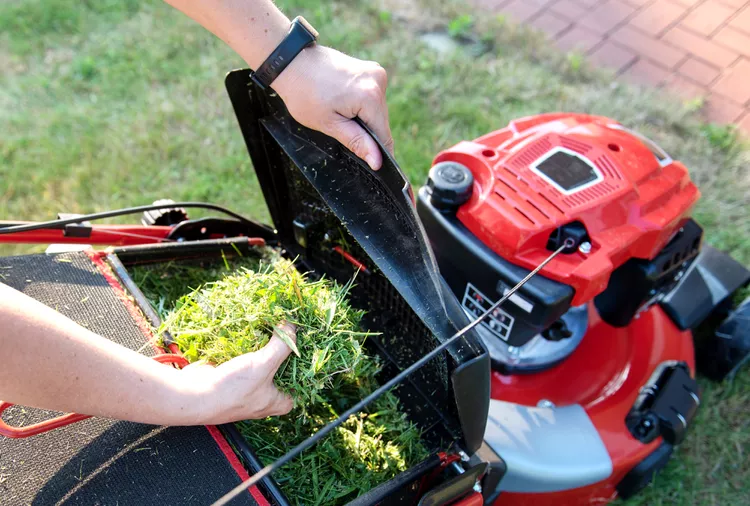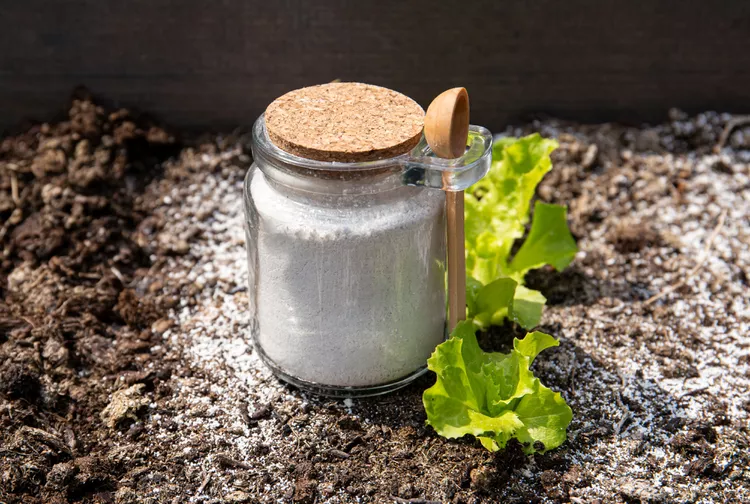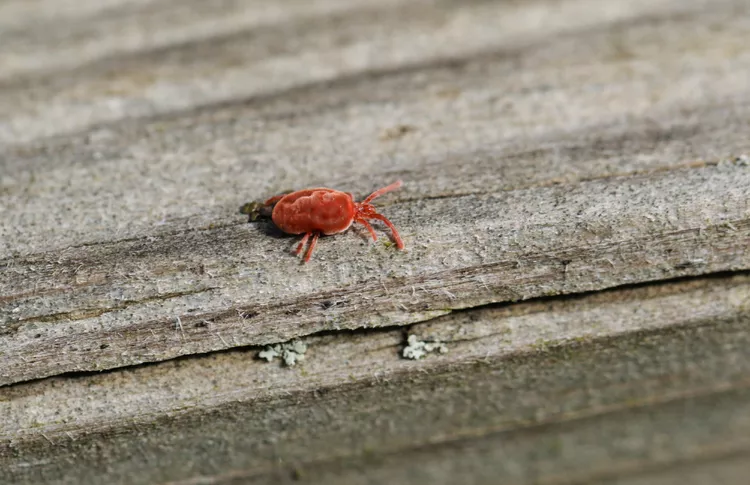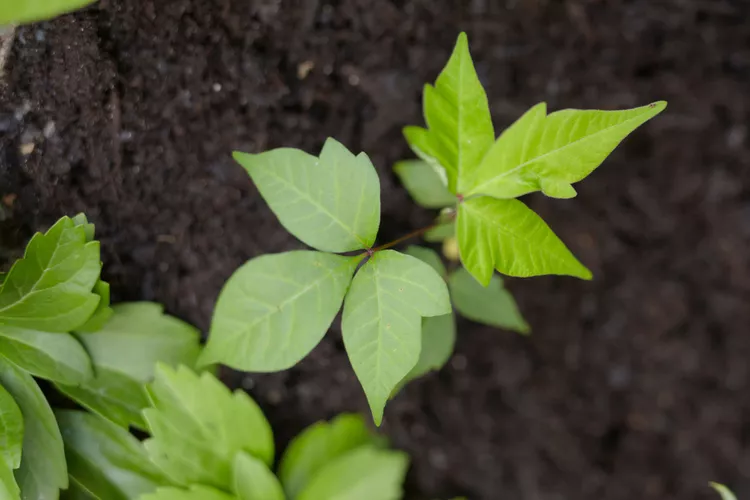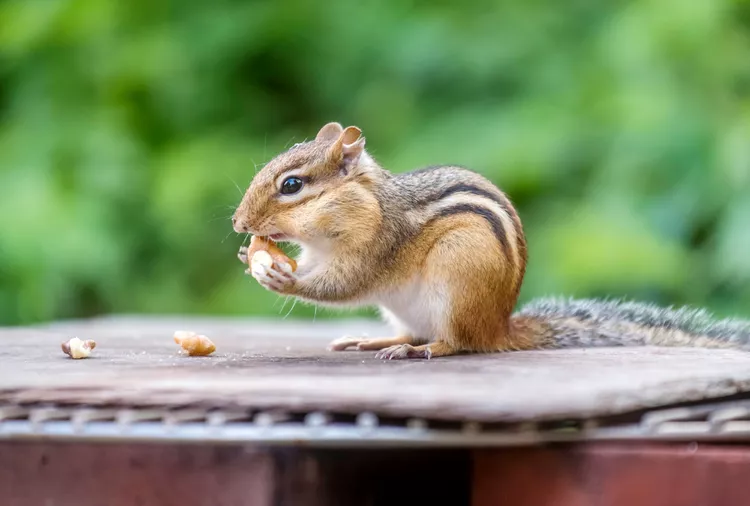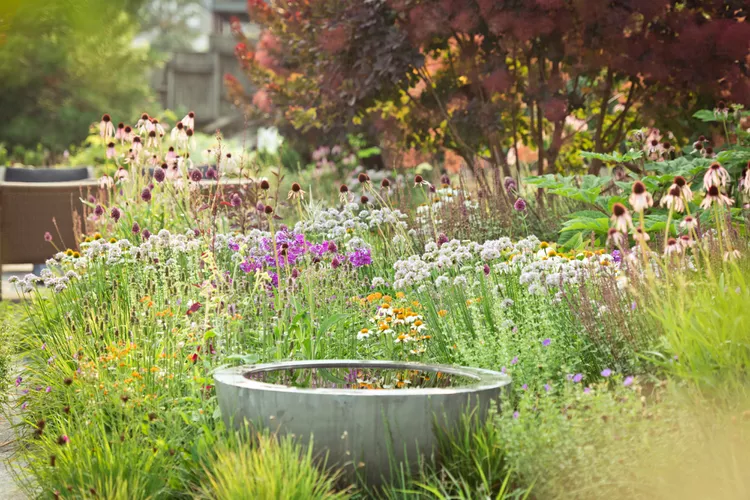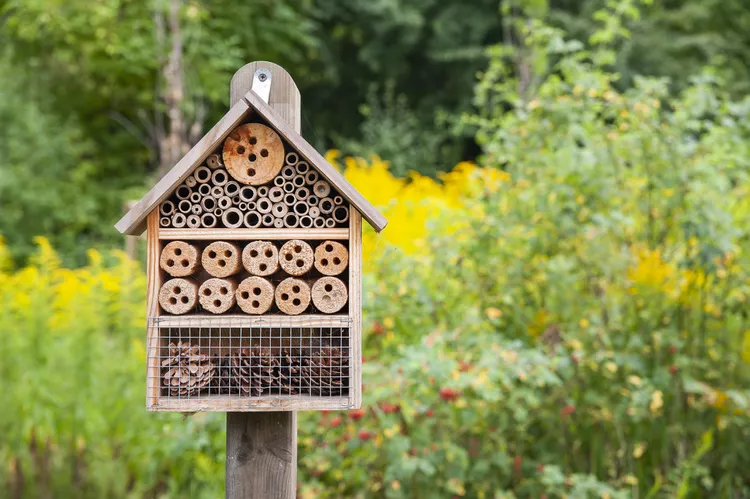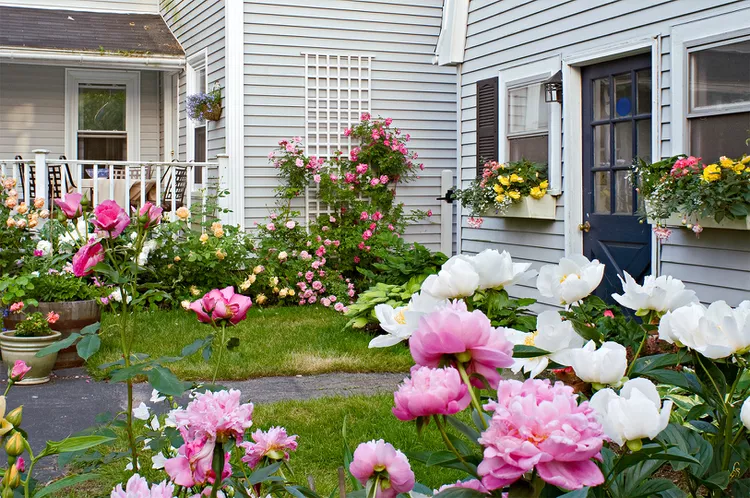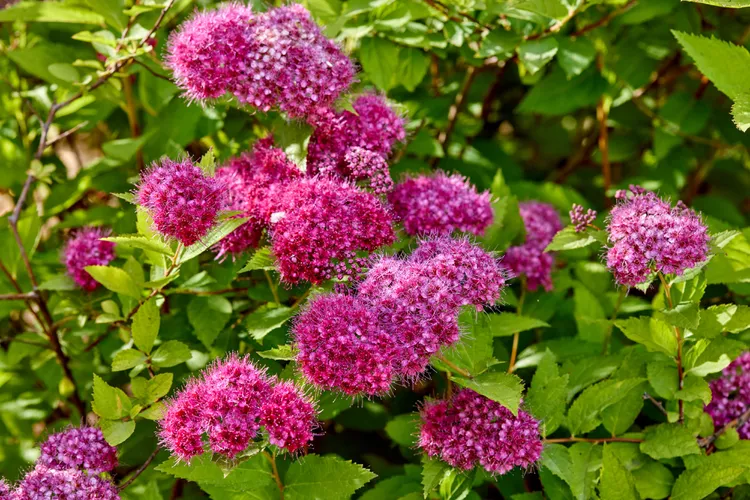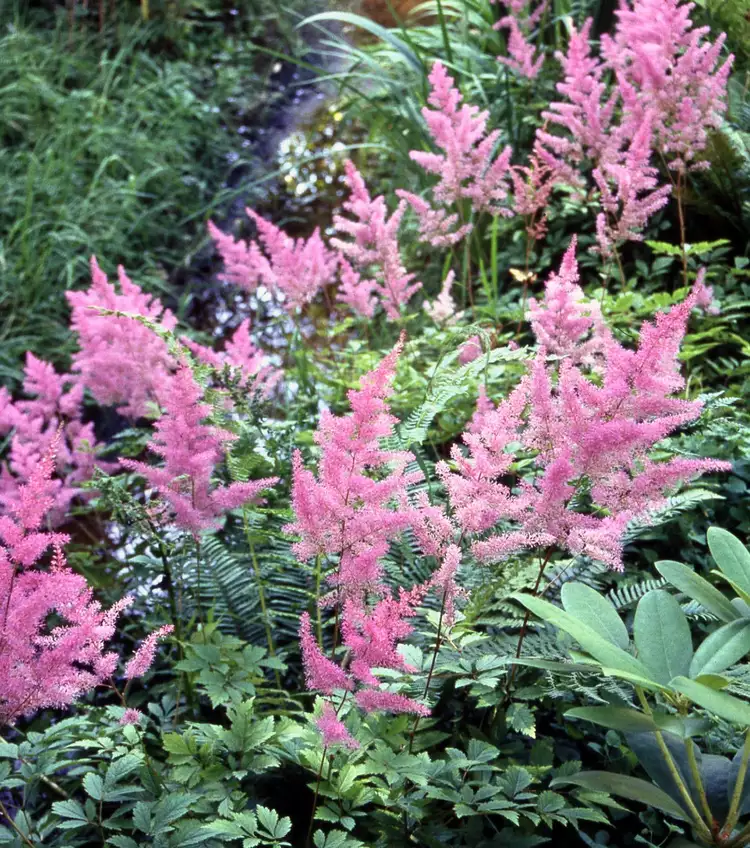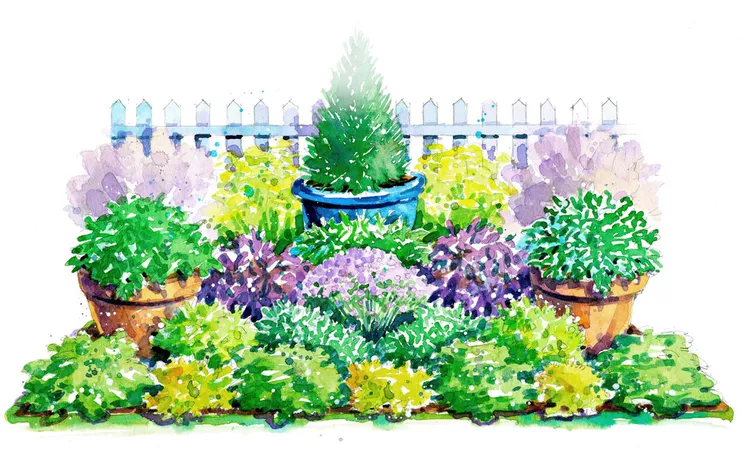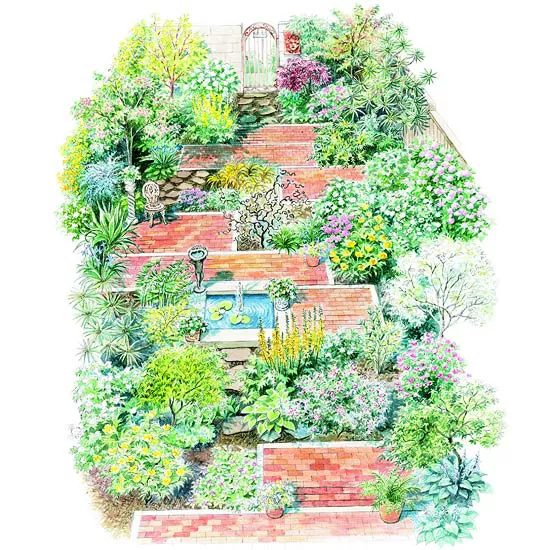Nerve plant, also known as fittonia, mosaic, or net plant, is a tropical plant native to Peru. These small plants have oval-shaped leaves with eye-catching red, pink, lavender, or white veins that give these plants an eye-catching appearance. They’re mostly grown as houseplants in the U.S., though they can grow outdoors in USDA Hardiness Zones 11-12. Nerve plants aren’t the easiest houseplants to care for, and they won’t leave you off the hook for attention. Here's what you need to know to grow nerve plants successfully.
Nerve Plant Overview
| Genus Name | Fittonia albivenis |
| Common Name | Nerve Plant |
| Additional Common Names | Fittonia, Mosaic Plant |
| Plant Type | Houseplant |
| Light | Part Sun |
| Height | 3 to 6 inches |
| Width | 12 to 18 inches |
| Foliage Color | Blue/Green |
| Propagation | Stem Cuttings |
Where to Plant Nerve Plant
Nerve plant thrives in a tropical climate, which is why it is typically grown as a houseplant. It works well as a terrarium plant because the enclosed environment offers higher humidity. If you live in a frost-free climate, you can grow nerve plants outdoors in containers or as a groundcover out of direct sunlight.
Nerve Plant Care Tips
Nerve plants need specific conditions to grow, such as high humidity and plenty of warmth. Here's what they need to thrive:
Light
Nerve plants prefer indirect but bright light. They don’t like direct sunlight. Place them near a window that receives ample indirect sunlight for most of the day.
Soil and Water
Nerve plants grown indoors do best in peat-based potting mix. The soil must be well-draining to prevent overly wet conditions. This plant likes soil that leans toward the acidic side with a soil pH of around 6.5.
These plants are particular when it comes to water. They love plenty of moisture, but soil that stays too wet may result in yellow or limp leaves and root rot. A rule of thumb is to check the soil to see if the plant needs water. The first inch of soil should feel moist; if not, it's time for a drink. If you forget to water your nerve plant for a while, the leaves might wilt dramatically. However, nerve plants recover well soon after you give them more water.
Temperature and Humidity
Nerve plants thrive when temperatures are around 70°F, but they can handle somewhat lower temperatures in the mid-60s and up to the low 80s before they show signs of stress.
Nerve plants love humidity, so growing them in a bathroom where there is plenty of moisture and steam is a good choice. A plant humidifier nearby also helps boost humidity, or grow nerve plants in a closed terrarium. Avoid placing these plants near drafty windows, heaters, or vents.
Fertilizer
In the spring and summer, the nerve plant’s growing season, use a general houseplant fertilizer to give these plants a boost. A fertilizer created for tropical plants is best. Use a balanced liquid fertilizer diluted to half the recommended strength. In the fall and winter, growth slows down, and they don’t need fertilizer then.
Pruning
When nerve plants have their favorite conditions, they can grow quickly. Sometimes, the stems become leggy, but that is easy to resolve. Pinch back the stems just above a leaf node with your fingers (or use scissors) to encourage bushier growth. If any flower spikes appear, which is rare, snip them off, too.
Potting and Repotting Nerve Plant
Choose a container with a hole in the bottom for drainage and use a good quality potting mix. In a couple of years, your plant might give you clues that it is ready to be upgraded to a new pot. If you see the plant’s roots emerge from the drainage holes or it’s beginning to need more water more often, you should repot.
The best time to repot your nerve plant is in the spring when it begins to show new growth. Grab a slightly bigger pot with drainage holes and fill it partway with fresh potting mix. Place the plant into the soil and cover the roots completely. Add additional potting mix if needed to fill the pot.
Pests and Problems
Aphids and mealybugs are common houseplant pests that can bother a nerve plant. Check the leaves for aphids, which leave secretions with a wet or sticky residue. If you see a few mealybugs, dab them with a cotton swab dipped in alcohol. Both aphids and mealybugs can be treated with neem oil applied directly to the infested areas.
The leaves of a nerve plant will give you hints about the problems it has:
- Leaves turn yellow: When the leaves change color to yellow, your nerve plant is likely overwatered. Before you water again, allow the soil to dry out. Then, water lightly to moisten the soil.
- Leaves drop from the plant: Older leaves falling off can be a sign that the temperature has changed and is no longer in the plant’s preferred range. Keep the plant in a warm 65°F to 80°F environment. Nerve plants also drop their leaves when the soil is too dry and the plant has wilted. Keep the plant evenly watered and new growth should return.
- Leaves turn brown or dry: If you notice some leaves are turning brown or drying out, the plant is likely receiving too much direct sunlight. Moving the nerve plant to an area that receives only indirect light will usually solve the issue. A lack of humidity can also cause browning or dried up edges of leaves. Add a plant humidifier if your household humidity is on the dry side.
How to Propagate Nerve Plant
Nerve plants are easy to propagate from stem cuttings. The ideal time is in late spring or early summer.
- Select a portion of a stem that has at least two growth nodes and snip it at an angle using sharp, clean pruners or scissors.
- Remove any leaves from the bottom half of the cutting.
- Dip the bottom of the cutting in rooting hormone.
- Plant the cutting in a container with peat-based potting mix.
- Water the container regularly to keep the soil moist but not wet.
Roots typically sprout between two to three weeks later.
Types of Nerve Plants
Visit your local nursery or order online, and you’ll find an array of nerve plants to purchase. Here are some varieties you might find.
‘Fortissimo’
Fittonia albivenis ‘Fortissimo’ is one of the larger nerve plants at 6 inches tall. It has large green leaves with prominent pink to red-hued veins and inconspicuous, tiny green flowers.
‘Frankie’
Fittonia albivenis ‘Frankie’ has dark green leaves leaves that have more pink coloring than green. As it grows, it displays solid pink leaves. Its soil should never completely dry out; keep it moist, not wet.
‘Pink Angel’
Fittonia albivenis ‘Pink Angel’ has dark green leaves with bright pink veins. Although it reaches only 6 inches tall, it spreads up to 18 inches and has a trailing habit; its leaves spill over the edge of the pot or hanging basket.
‘Purple Vein’
Fittonia albivenis ‘Purple Vein’ is a large-leaf variety with dark green leaves and light lavender veins that contrast with the leaves.

